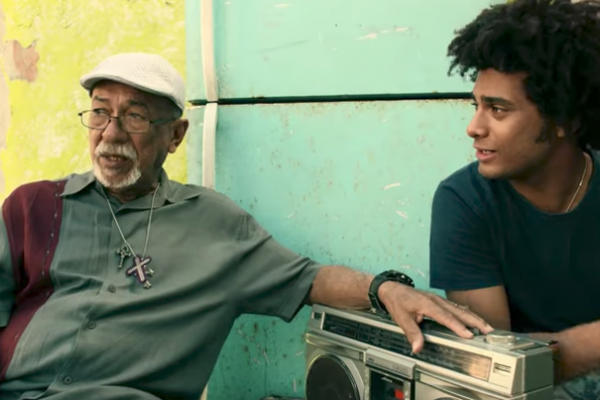May 26, 2017
Why did it take clichéd pop verses in English — lyrics that could be copy-and-pasted to any Bieber song and wouldn’t feel out of place — and some mediocre Spanish singing for “Despacito" to get its due?
Read the Full Article

Already a subscriber? Login
